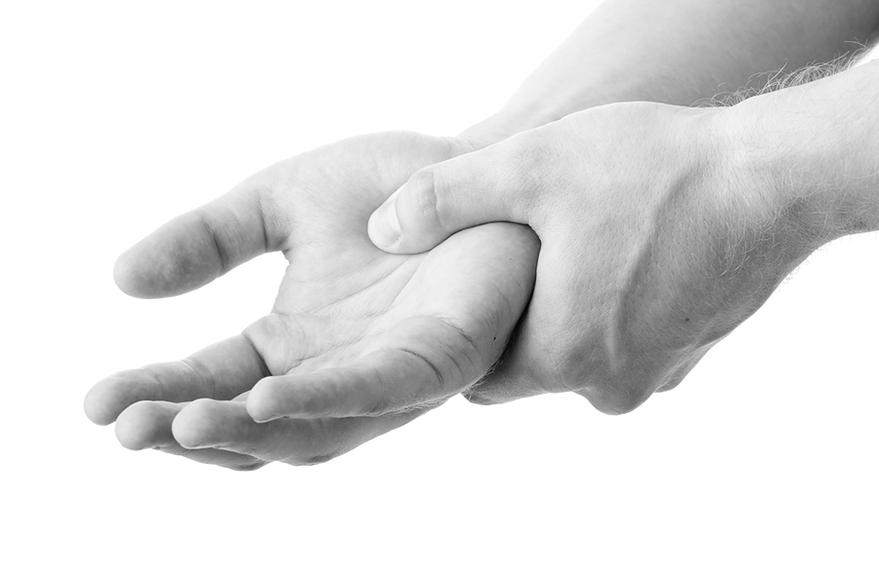Ganglion's
A ganglion cyst is a fluid-filled swelling that develops near a joint or a tendon. The cyst can range in size, from the size of a pea to the size of a golf ball. Ganglion cysts look and feel like a smooth, soft lump under the skin. They are made up of a thick, clear, jelly-like fluid. Ganglions can occur alongside any joint in the body, but are most common on the wrist (particularly the back of the wrist), hand and fingers.
Ganglions are generally harmless, but they can sometimes be painful, especially if they are next to a nerve. If they do not cause any pain or discomfort, they can be left alone, and may disappear without treatment, although this can take a number of years. Ganglions can occur spontaneously, after trauma to the wrist, or due to underlying artritis in the joint.
Treating Ganglions
A consultation, involving a medical history and clinical examination, is usually sufficient to make a diagnosis. In most cases no investigations are needed, but occasionally depending on the location of the ganglion an ultrasound or MRI scan may be required. An X-ray may be taken to identify any degenerative disease in the joints, in certain patients.
Treatment is offered if the cyst causes pain, or affects the range of movement in a joint.
There are three main treatment options:
- Draining fluid out of the cyst with a needle and syringe (the medical term for this is aspiration). This can be performed in Mr Murray’s clinic
- Excising the cyst by way of surgery under local anaesthetic
- Excising the cyst through keyhole surgery, using a camera and specialised instruments, under general anaesthetic.
Following Surgery you can return to work usually after 1-2 weeks and return to sports after 2-4 weeks.







